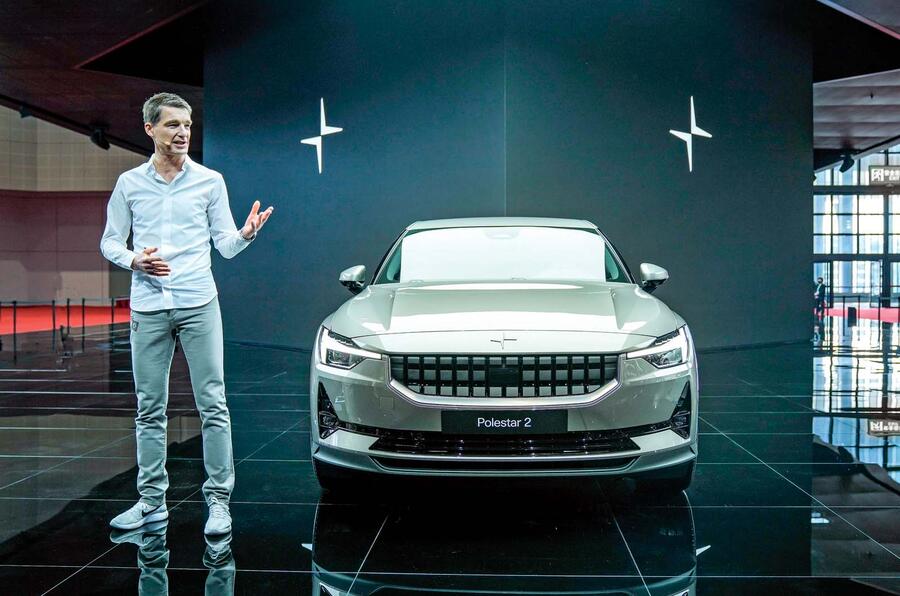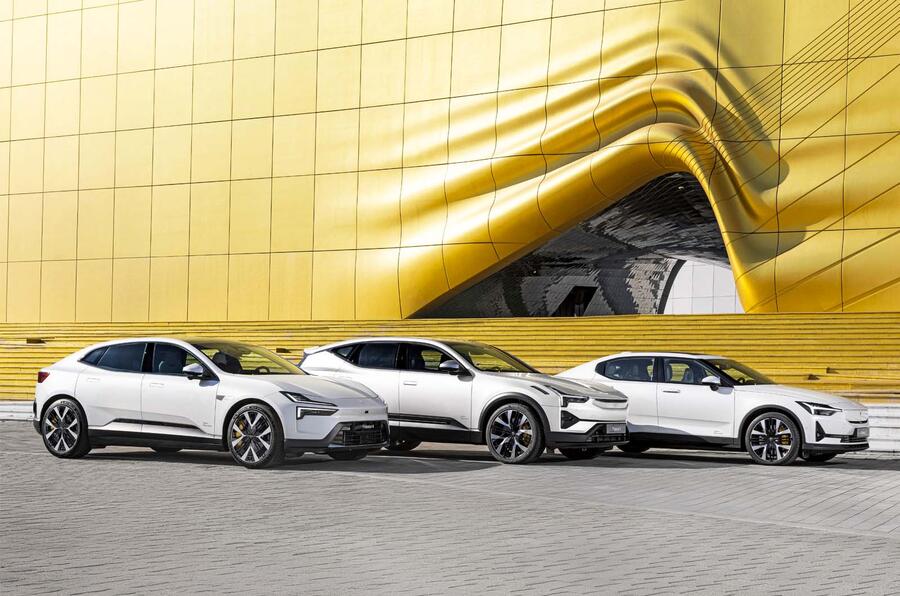Design is important to every car firm, but it is absolutely rooted in the DNA of Polestar. The brand was essentially created from the hugely successful reception to a Volvo concept car, and such was the focus on design that Thomas Ingenlath, Volvo’s design boss at the time, was chosen to run it.
While Polestar is still young, it has a proven ability to stand out among a crowd of other electric-only newcomers and much of that stems from the strong design language, all stripped-back lines, reduced palettes and lashings of Scandi-cool. Even people who don’t know what a Polestar is like to drive probably have a sense of what one looks like.
All of which is to say that the role of design chief is more important to Polestar than to most car firms. So Philipp Römers, who started in the role in January as successor to Max Missoni, has some high expectations to meet – although that’s exactly what attracted him.
“Polestar is a design-driven company,” says Römers. “The former CEO was a designer and a lot of the company is built around design, and that really attracted me to the role. It fits me well, because it’s an agile, fresh, emotional brand.”
Römers, 46, has spent much of his career at the Volkswagen Group, including a stint at VW when he worked on the likes of the Golf Mk7 and Passat. His past 10 years have been at Audi, where, as head of exterior design, he worked closely with design chief Marc Lichte.

His move came shortly after a shake-up at Audi, with Lichte leaving and Massimo Frascella coming over as the new design boss. Römers says he “could have stayed”, but the Polestar opportunity came up during the transition phase. “There’s always a moment when you should grab an opportunity,” he says.














Add your comment